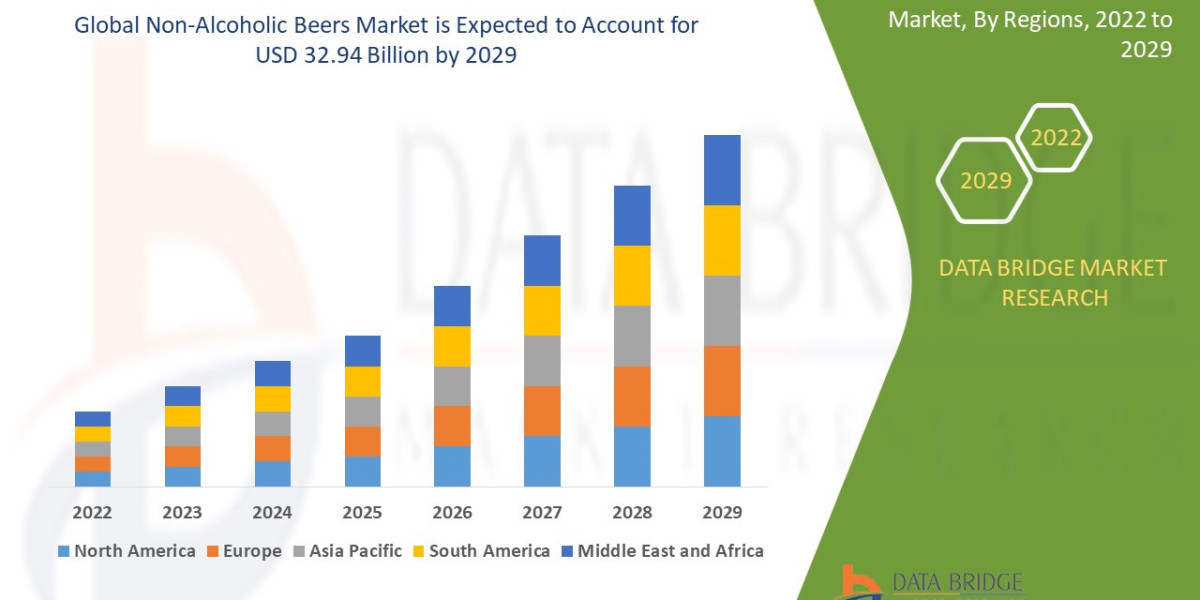Programmable robots Industry are intelligent machines designed to perform tasks by executing coded instructions. They are transforming industries such as manufacturing, logistics, education, healthcare, and defense by combining mechanical mobility with computational intelligence. These robots can be reprogrammed for different functions, making them flexible, adaptable, and ideal for dynamic environments.
What Are Programmable Robots?
Programmable robots are mechanical devices embedded with microcontrollers or processors that allow users to input and modify instructions through software. Unlike fixed-function robots, programmable robots offer the ability to change their behavior, making them suitable for multi-purpose tasks and learning applications. These robots range from simple educational kits to complex industrial robotic arms and autonomous mobile robots (AMRs).
Core Components
Microcontroller/Processor: Acts as the brain of the robot, executing programmed instructions.
Sensors: Enable environmental awareness, such as detecting objects, light, sound, or temperature.
Actuators: Motors and servos that convert electrical signals into physical movement.
Power Supply: Typically batteries or direct electric connections that provide energy.
Communication Modules: Allow remote programming and control using Bluetooth, Wi-Fi, or IoT protocols.
Software Interface: Coding platforms or graphical programming tools that users employ to define robot behavior.
Applications
Education: Widely used in STEM curricula to teach programming, electronics, and problem-solving skills. Educational kits like LEGO Mindstorms, VEX Robotics, and Arduino-based robots are popular.
Industrial Automation: Robots programmed to perform welding, painting, assembly, and packaging in smart factories, boosting productivity and safety.
Healthcare: Assistive robots help with patient mobility, rehabilitation, and remote surgery.
Agriculture: Robots programmed to plant, irrigate, and harvest crops, improving efficiency and reducing labor.
Defense and Security: Used for surveillance, bomb disposal, and autonomous patrolling.
Service Industry: Restaurant and delivery robots are programmed to serve meals or navigate customer spaces.
Research and Prototyping: Aid in developing AI algorithms, human-robot interaction studies, and new automation technologies.
Benefits
Flexibility: Can be reprogrammed to perform various tasks or adapt to new environments.
Learning Enhancement: Encourages computational thinking, logical reasoning, and hands-on experimentation.
Productivity: Improve speed, accuracy, and reliability in repetitive or complex industrial tasks.
Cost Efficiency: Reduce labor costs over time and increase operational uptime.
Safety: Handle dangerous or repetitive tasks, reducing human exposure to hazardous conditions.
Programming Methods
Text-Based Programming: Using languages such as Python, C++, Java, or ROS (Robot Operating System) for complex logic and integration.
Visual Programming: Drag-and-drop interfaces like Scratch or Blockly are used in educational robots for beginners.
AI and Machine Learning Integration: Advanced robots learn and adapt based on data, enabling semi-autonomous behavior and improved decision-making.
Remote and Cloud-Based Programming: Allows control and updates from anywhere, enhancing scalability and management.
Market Trends
Rise in Educational Robotics: Increasing integration into school curriculums worldwide to build future-ready skills.
Collaborative Robots (Cobots): Designed to work safely alongside humans with easy-to-program interfaces.
Swarm Robotics: Multiple programmable robots operating together to complete tasks like mapping or exploration.
Open-Source Platforms: Platforms like Arduino, Raspberry Pi, and ROS are accelerating innovation and accessibility.
AI-Powered Programmable Robots: Robots with embedded vision, speech, and decision-making capabilities are on the rise.
Challenges
Complexity for Beginners: Advanced programming and electronics can be challenging for new users.
High Initial Cost: Some programmable robots, especially industrial-grade ones, involve significant upfront investment.
Security Risks: Remote and IoT-enabled robots may face cybersecurity vulnerabilities.
Maintenance and Downtime: Require regular updates, calibration, and troubleshooting.
Regulatory Hurdles: In areas like healthcare and public deployment, robots must meet stringent safety and compliance standards.
Future Outlook
The future of programmable robots is shaped by the convergence of robotics, AI, and IoT. As platforms become more intuitive and powerful, robots will find deeper integration into everyday life, supporting personal, commercial, and societal needs. From classroom learning to warehouse automation, programmable robots are set to redefine how humans interact with machines.
Read More
| US Micro Server IC Market |
| US Photonic Sensors Market |
| US Silicon EPI Wafer Market |
| US Automotive Capacitors Market |
| US Chip Packaging Market |








